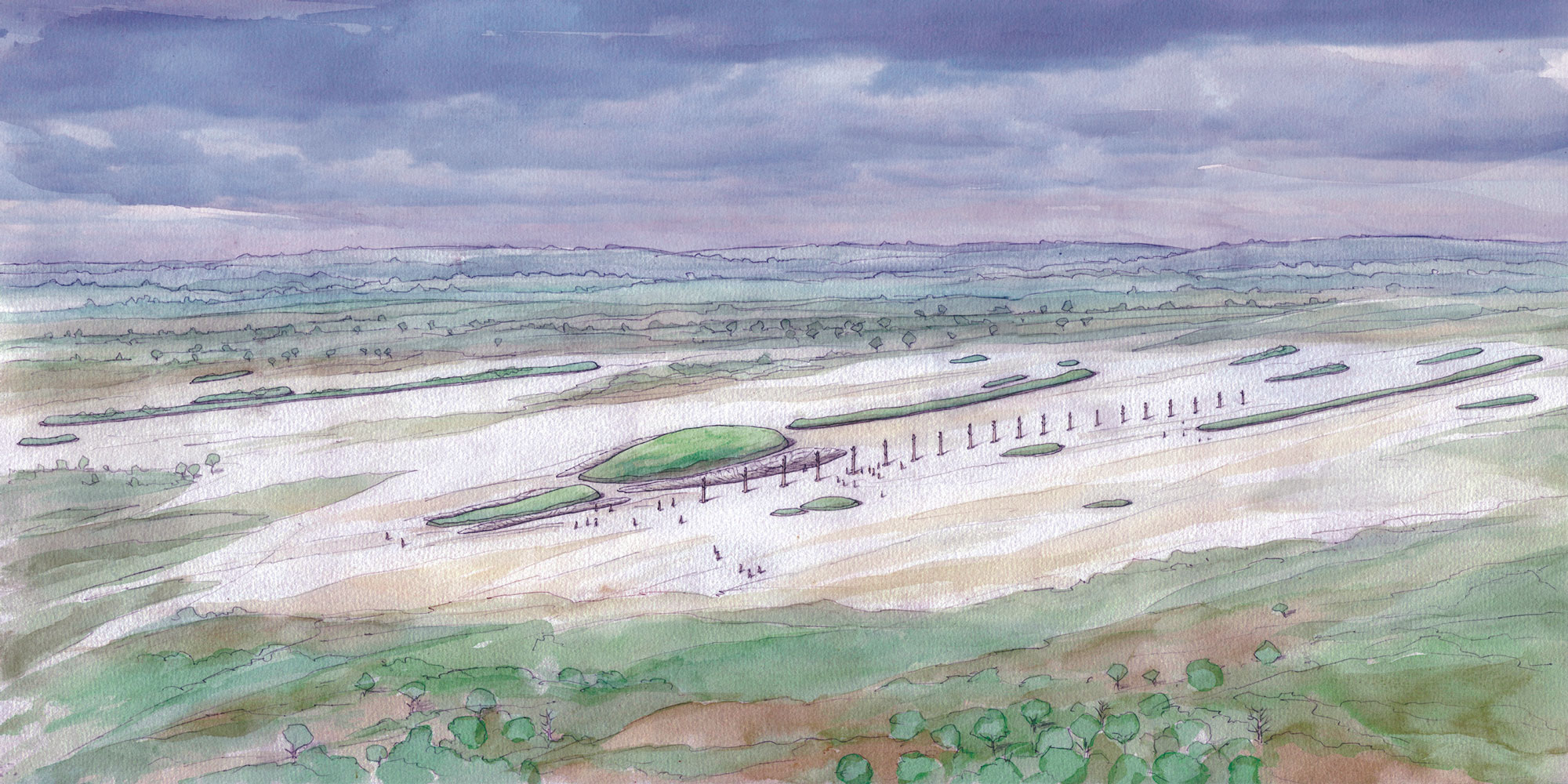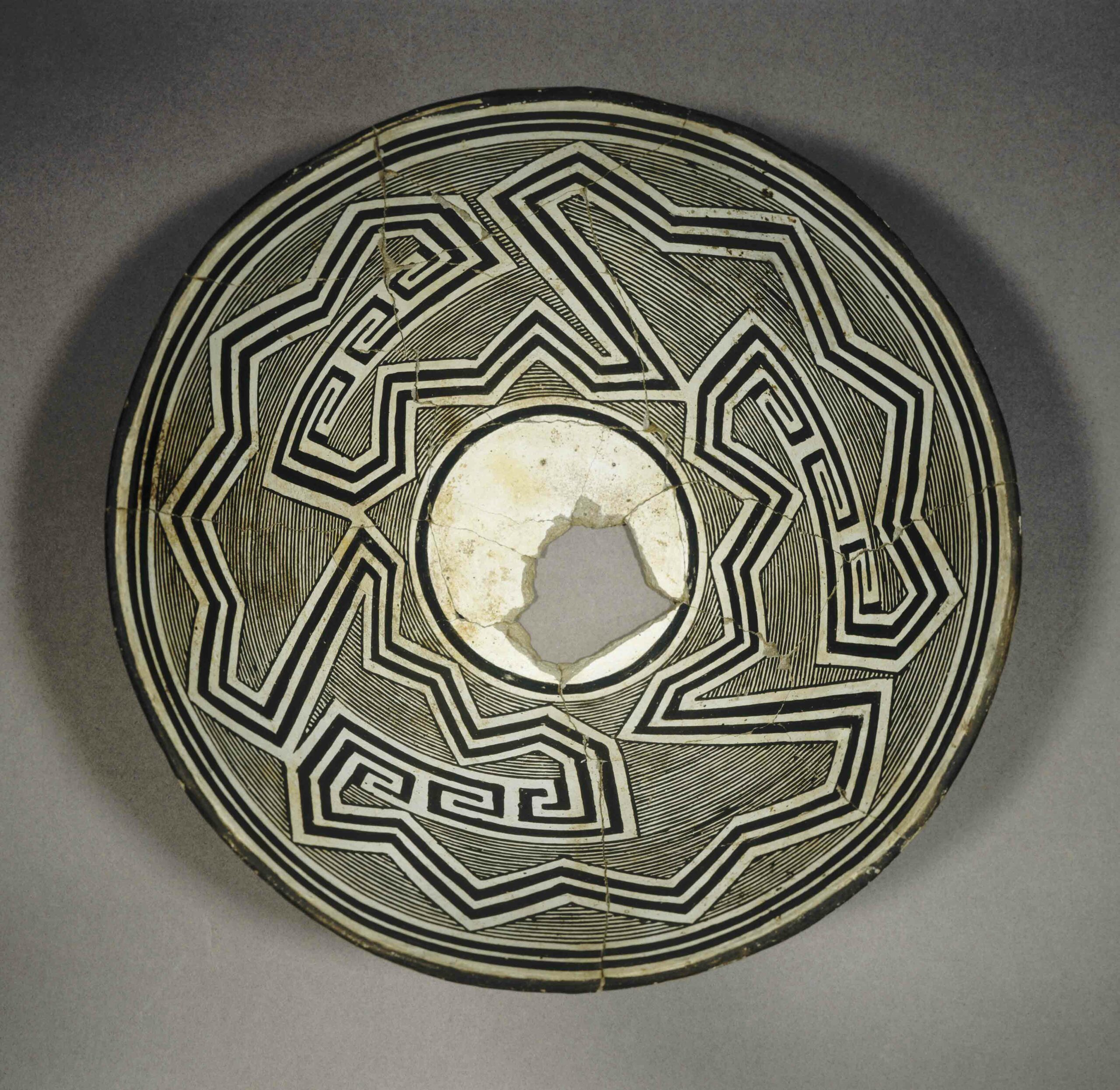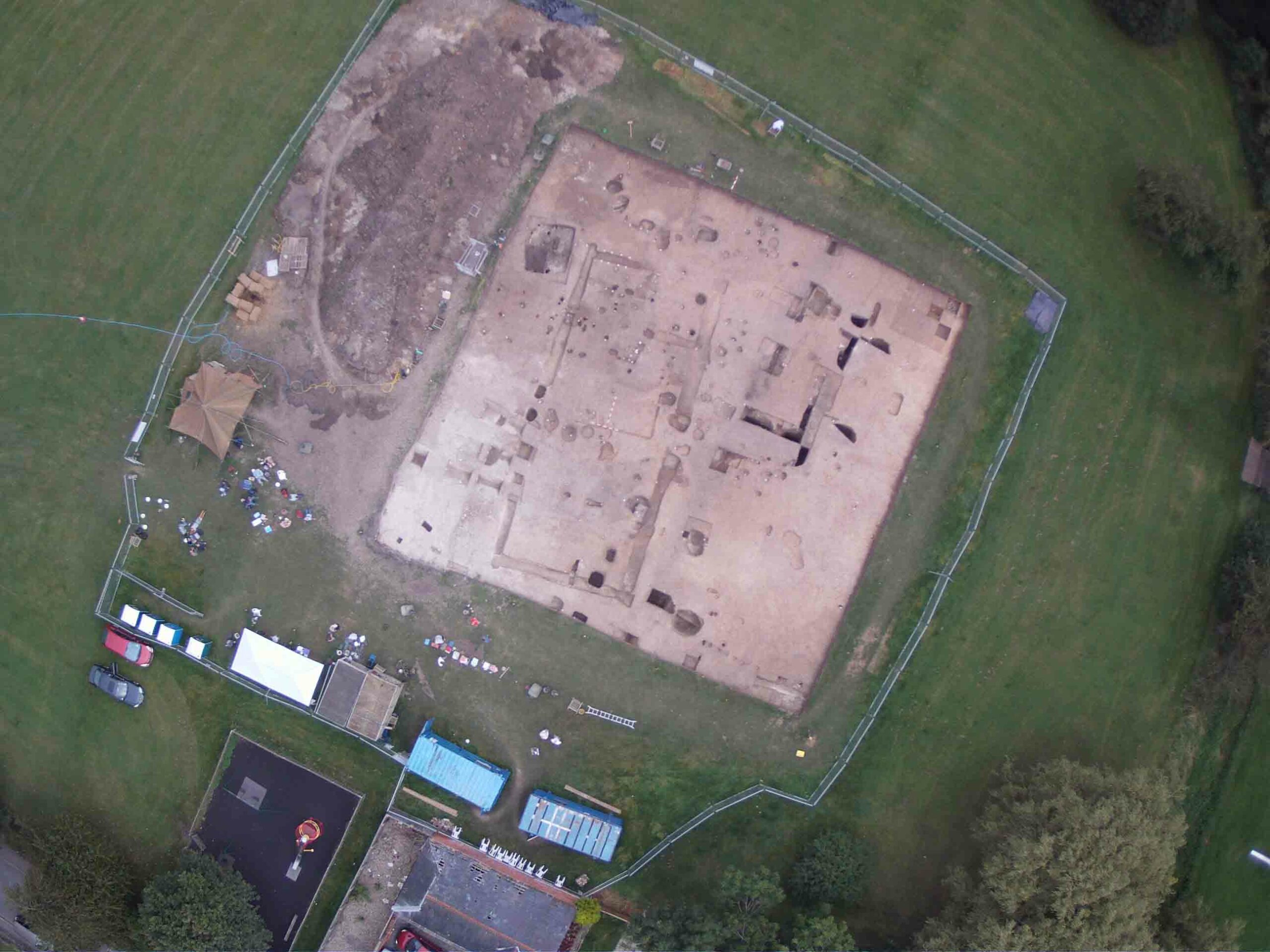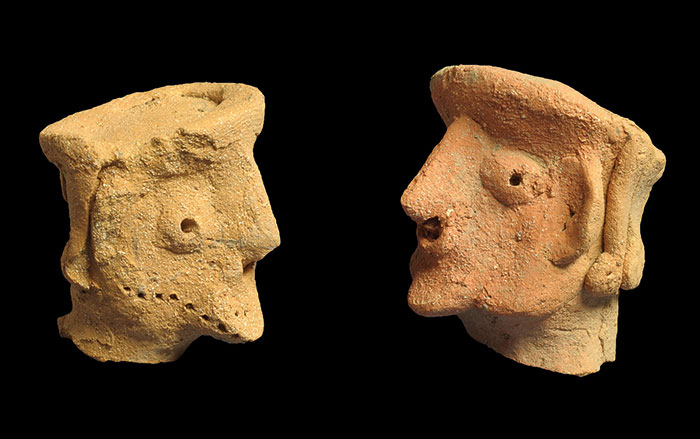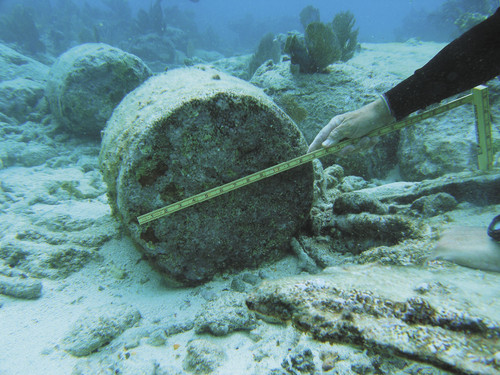
KEY LARGO, FLORIDA—Volunteer divers from the Maritime Archaeological and Historical Society are surveying wreckage and cement cylinders scattered on Pickles Reef, off the coast of Key Largo. They will try to identify the widely scattered remains of the ship. “We have enthusiastically been trying to pin this wreck down for a number of years now,” said Brenda S. Altmeier of the Florida Keys National Marine Sanctuary. Researchers think the cement cylinders may have been destined for the construction of a railroad bridge across the Florida Keys in the early twentieth century. Parts of a lower hull or an iron or steel sailing vessel have also been found. “It’s a cultural resource we want to protect. You can do that by capturing the imagination of the public by telling the story of how much terror and fight and struggle to survive there was for the people on that ship that smashed into the reef,” said Steven Anthony, president of the society.



